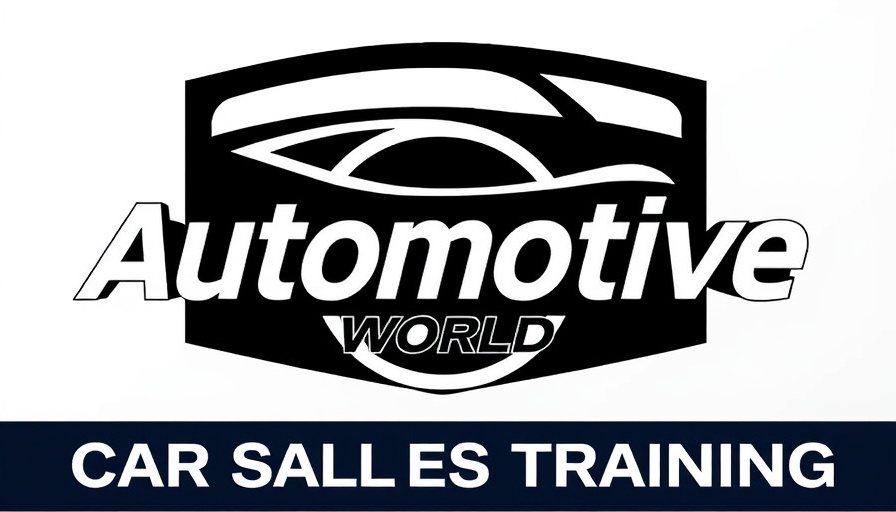
BorgWarner's Strong Start: An Investors' Perspective
BorgWarner, a notable name in automotive propulsion, has released its first quarter results for 2025, showcasing resilience despite market headwinds. The company reported a U.S. GAAP net sales of $3,515 million, marking a slight decrease of approximately 2% compared to the first quarter of 2024. This decline was notable in light of a 3.6% contraction in their primary light and commercial vehicle markets. Nevertheless, a strong demand for electric products helped offset some of these losses, with light vehicle eProduct sales skyrocketing by 47% year-over-year.
Transitioning Away from Charging: A Strategic Move
As part of its shift towards a more streamlined focus, BorgWarner has announced plans to exit its Charging business by the second quarter of 2025. This decision is expected to eliminate approximately $30 million in annualized adjusted operating losses. Such steps reflect a strategic pivot in response to evolving automotive trends, especially in electric vehicles.
New Business Highlights: A Vision for Future Growth
Despite exiting certain segments, BorgWarner has secured several new business awards that signal a promising future. Highlighted awards include a high-volume hybrid eMotor contract with a major North American OEM set for launch in 2028, and a high-voltage coolant heater (HVCH) contract for plug-in hybrid electric vehicles (PHEV), expected to launch in 2027. These contracts not only indicate BorgWarner's commitment to innovation but also suggest a strategic alignment with market leaders in the shift towards hybrid and electric formats.
The Financial Landscape: Operational Efficiency
BorgWarner's adjusted operating margin stood at an impressive 10% during the first quarter, despite a slight dip in net sales. This strong performance signifies effective cost control strategies employed by the company, compensating for a 20 basis point tariff-induced headwind. Enhanced operational efficiencies have bolstered their margin, which expanded by 60 basis points when compared with the prior year's figures.
Future Directions and Implications for Auto Training
The automotive industry is undergoing rapid transformation, with a clear pivot towards electric and hybrid technologies. For dealership owners and general managers, this signifies the importance of investing in auto salesman training programs that emphasize these emerging trends. Keeping sales teams knowledgeable about new products, such as hybrid technologies, ensures they can effectively engage with customers who are increasingly looking for sustainable options.
Furthermore, as BorgWarner expands its focus on smoother operational practices and high-growth segments, dealers who align their training programs towards these innovations will not only enhance their sales strategies but could also tap into a significant market of environmentally conscious consumers.
To ensure thriving dealership environments, consider developing programs that incorporate comprehensive car sales training focused on understanding the unique needs of customers, suitable for the evolving landscape. As a unit of BorgWarner moves towards new business opportunities, dealerships must align their training methodologies and sales techniques with these dynamics.
Conclusion: Embracing Change and Innovation
As BorgWarner celebrates its strong first quarter while navigating market transitions, the emphasis on forward-looking strategies holds critical lessons for dealerships. Engaging with new technologies and nurturing sales teams through specialized auto sales training will provide the edge necessary for long-term success in a continuously evolving marketplace.
 Add Row
Add Row  Add
Add 

 Add Row
Add Row  Add Element
Add Element 




Write A Comment